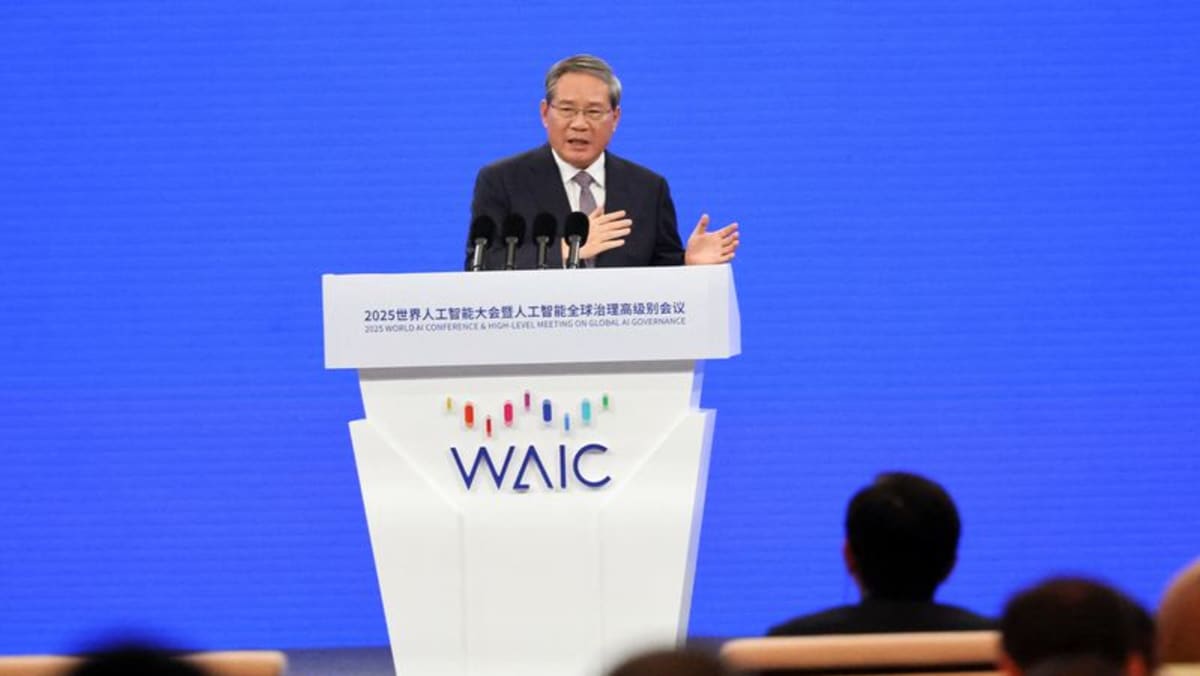The case of this man resurfaced recently after satellite images revealed what appears to be a large stealth flying-wing aircraft at a Chinese test facility in Xinjiang. The images show a drone-like craft that’s nearly identical to the US B-2
read more
A former Indian-born engineer who helped develop the United States’ stealth B-2 Spirit bomber later sold its secrets to China, enabling Beijing to make advances in its own stealth aircraft program, according to court documents and declassified reports.
Noshir Gowadia, originally from Mumbai, was a propulsion and low-observable technology expert at Northrop (now Northrop Grumman) where he played a critical role in developing the stealth capabilities of the B-2, one of the most advanced bombers in US military history. Gowadia held top security clearance and even taught university-level courses on aeronautics after leaving the defence contractor in 1986.
But by 2005, he was under investigation by the FBI. Agents found classified documents hidden in a furniture container shipped to him, triggering a probe. Gowadia was arrested in Hawaii and charged under the Arms Export Control Act and the Espionage Act for providing sensitive information to foreign governments, including China, according to a report by
Economic Times.
Technology transfer raises alarms
According to the FBI, Gowadia made multiple trips to China between 2003 and 2004, during which he handed over designs related to infrared-suppression and low-visibility propulsion systems. The information was intended to help China develop cruise missile and bomber technologies. Investigators said Gowadia received at least $110,000 over a span of three years in return.
He initially denied the charges but later admitted in a written confession: “On reflection, what I did was wrong to help the PRC make a cruise missile. What I did was espionage and treason.” In 2010, he was convicted on 14 counts and sentenced the following year to 32 years in federal prison. He is currently incarcerated at the Florence ADX supermax facility in Colorado.
His son, Ashton Gowadia, continues to maintain his father’s innocence, claiming the FBI withheld key evidence and shaped the narrative during the trial.
China’s stealth aircraft raises questions
The case resurfaced recently after satellite images revealed what appears to be a large stealth flying-wing aircraft at a Chinese test facility in Xinjiang. The images, dated May 14 and reported by The War Zone, show a drone-like craft with an estimated wingspan of 52 meters—nearly identical to the US B-2.
The aircraft was spotted near new hangars, suggesting it may be part of China’s high-altitude, long-endurance (HALE) program or linked to other next-generation projects like the H-20 stealth bomber or J-36 fighter.
The sightings have reignited concerns that China’s progress in stealth aviation may have been aided by stolen US defence technology. While the full capabilities of the Chinese platform remain unknown, analysts say it represents a significant step forward.
The B-2 Spirit, built by Northrop Grumman, remains one of the most secretive and capable bombers in the US arsenal. Its radar-evading design allows it to penetrate enemy airspace undetected and deliver both conventional and nuclear payloads.
Last week, the US deployed the B-2 in combat operations over Iran for the first time, targeting deeply buried nuclear facilities in Fordow—an action seen as a demonstration of the aircraft’s unmatched capabilities. The strike came amid rising regional tensions and may have underscored why China continues to invest heavily in similar technology.


